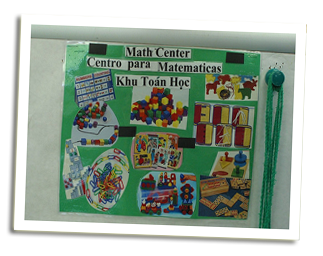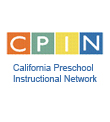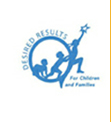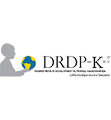Home | Supporting Dual Language Learners | Environments and Materials
Environment and Materials
The early childhood classroom environment is sometimes referred to as the third teacher (Gandini, 1998). Effective environments for young dual language learners are intentionally designed to make dual language learners feel welcome, safe, and secure. To best meet the needs of dual language learners, teachers should do the following when creating the classroom environment and selecting materials: 
- Include visual aids such as pictures, photographs, toys, and picture books that encourage hands-on learning and peer interaction.
- Incorporate cultural artifacts and educational materials that reflect the cultures and home languages of the children and families.
- Provide safe havens where children are not required to speak with anyone.
- Establish consistent, predictable routines and procedures.
- Provide spaces for children to interact in small groups and one-on-one.
- Create spaces where teachers and other adults can interact with dual language learners individually and in small groups.
- Make clear signs and explicit picture cues for interest areas and the daily schedule.
- Utilize computers to introduce and reinforce content of activities.
California Department of Education (2010). California preschool curriculum framework Volume 1, pp.181-183.
Gandini, L. (1998). Education and Caring Spaces in Edwards, C., Gandini, L., & Forman, G. The hundred languages of children. Greenwich, CT: Ablex.
Read more about:
- Supporting Dual Language Learners
- Guiding Principles
- Teacher Interactions and Strategies
- Family Support
- Tip sheet on Creating Environments that Include Children’s Home Languages and Cultures





